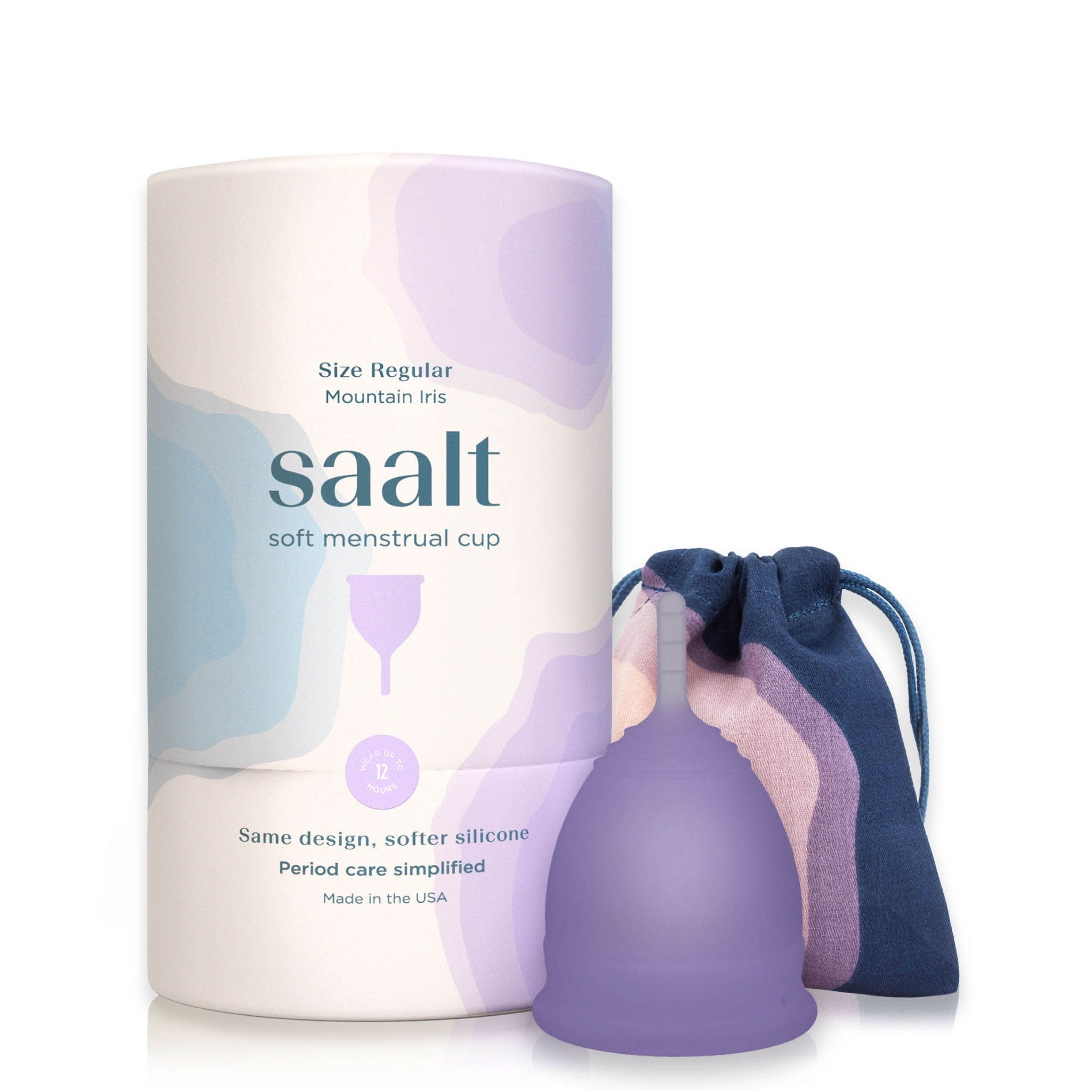Understanding Menstrual Cramps
Menstrual cramps, medically known as dysmenorrhea, are a common experience for many people who menstruate. Cramping may begin before or during menstruation and varies in intensity and duration. Understanding the causes can help manage and alleviate discomfort, and choosing the right period products plays an important role in relief.
What Causes Menstrual Cramps?
The causes of menstrual cramps can differ from person to person. During menstruation, the uterus contracts to shed its lining. These contractions are triggered by prostaglandins—hormone-like substances produced by the body. Higher prostaglandin levels can cause stronger contractions, leading to more intense cramps.
Common Conditions That Intensify Cramping
Endometriosis
Occurs when tissue similar to the uterine lining grows outside the uterus, becoming irritated and inflamed during menstruation, which can cause severe pelvic pain.
Uterine Fibroids
Noncancerous growths that develop in the uterine wall. Depending on their size and location, fibroids can increase menstrual pain and discomfort.
Adenomyosis
When endometrial tissue grows into the muscular wall of the uterus, sometimes leading to heavier periods and more painful cramping.
Lifestyle Factors That Affect Cramping
Stress, lack of exercise, and poor diet can worsen menstrual pain. Stress hormones can influence cycle regularity and amplify pain perception. Maintaining healthy habits—like balanced nutrition and regular movement—can help reduce cramping.
How Period Products Influence Cramping
Because the cervix and vaginal tissue can become tender during menstruation, inserted products like tampons may feel uncomfortable. Low estrogen levels during menses also contribute to vaginal dryness, which can make tampon use more irritating. The cervix is typically firmer during menstruation, meaning a dry tampon may press uncomfortably against it and worsen cramps.
Many people find that switching from tampons to menstrual cups or menstrual discs helps relieve cramps and even shortens their period.
Why Menstrual Cups Can Reduce Cramps
Menstrual cups, like the Saalt Cup, are made from soft, medical-grade silicone and collect flow instead of absorbing it. Unlike tampons, which sit higher and press against the cervix, a cup rests below or gently cradles the cervix, depending on its position. This design helps reduce pressure and discomfort. Saalt also retails the Saalt Soft Cup with an even softer silicone than the original Saalt Cup, for people who need a gentler cup experience during menses.
Additionally, tampons can cause micro-tears in the vaginal wall during insertion or removal, especially when dry. Cups and discs avoid this friction, helping the vaginal tissue stay healthier and possibly reducing period length.
It’s also worth noting that while tampons are FDA-regulated medical devices, they are not required to disclose all ingredients. Understanding what’s in your products—and how they interact with your body—can help you make more informed, body-safe choices.
Natural and Medical Relief Options
Everyone experiences different levels of discomfort during their period. Helpful management strategies include:
-
Over-the-counter pain relief: NSAIDs like ibuprofen can lower prostaglandin levels and reduce inflammation.
-
Heat therapy: Warm compresses, heating pads, or warm baths can soothe cramping muscles.
-
Regular exercise: Movement increases circulation and releases endorphins, your body’s natural painkillers.
-
Balanced nutrition: A diet rich in fruits, vegetables, whole grains, and lean proteins may regulate hormones and ease inflammation.
-
Stress reduction: Deep breathing, yoga, and meditation can calm the nervous system and lower perceived pain.
-
Medical options: For severe or chronic cramps, talk to your doctor about conditions like endometriosis, fibroids, or hormonal imbalances. Birth control methods may also help regulate cycles and reduce cramping.
-
Switching period products: Many find relief by using menstrual cups or discs instead of tampons to reduce cervical pressure and irritation.
When to Seek Medical Advice
Occasional cramps are normal, but severe or debilitating pain could indicate an underlying condition requiring medical attention. Understanding your body, exploring different product options, and seeking guidance from your healthcare provider can help you experience a more comfortable, empowered period.
Period Care, Upgraded
Your period comfort matters. If cramps are keeping you from feeling your best, making the switch to a Saalt Cup or Disc might just be the gentle, effective upgrade your cycle needs. And if you feel like making the switch from inserted period products to a leakproof panty like Saalt Wear leakproof underwear, Saalt's got your back (side) covered.
Also Read:
- Iron Boost: Why Grilling a Steak Could Ease Your Period Fatigue
- Can I Swim on My Period Without a Tampon? Tips & Alternatives
- What Happens When I Leave A Tampon in for Too Long?
Updated October 2025
tags: Menstrual Cup, Menstrual Cups, Menstrual Discs,










